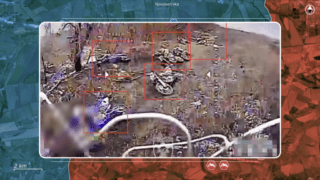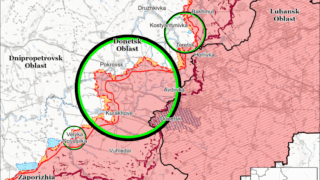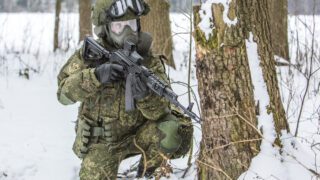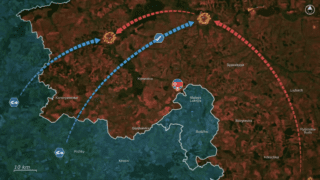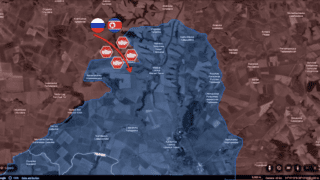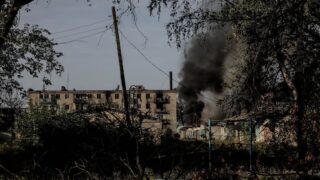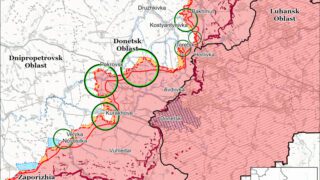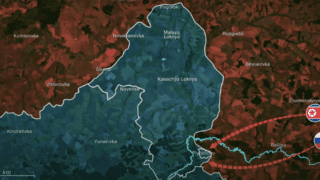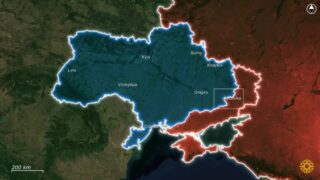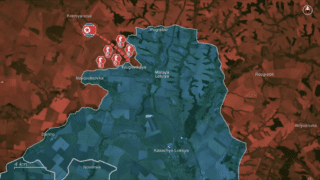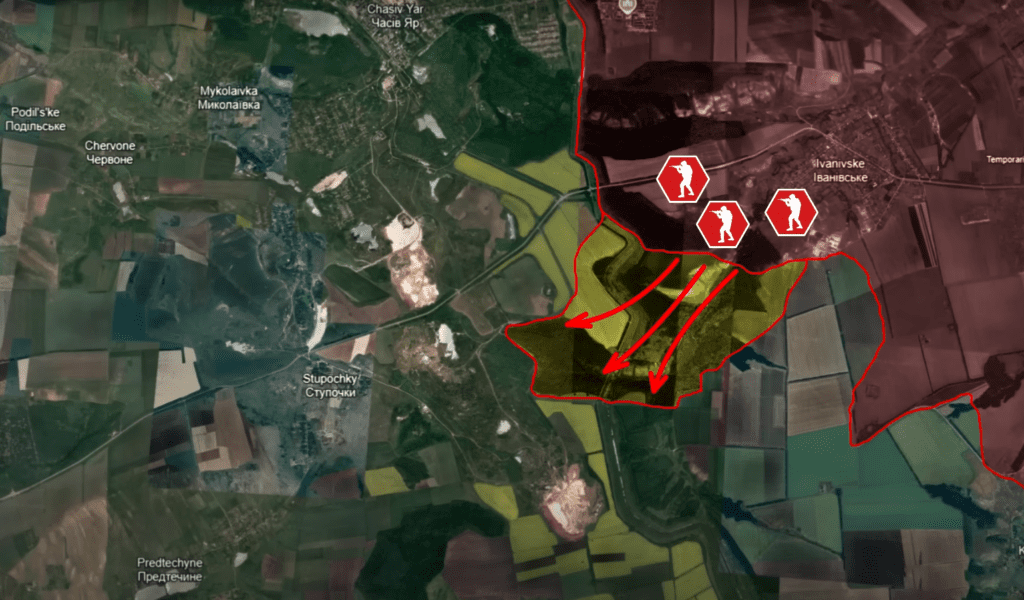
Frontline report: Russian bridgehead operation foiled near Chasiv Yar
Day 957
On 7 October, there were a lot of updates from the Bakhmut direction. In a daring push, Russian forces launched the canal crossing operation to establish a critical bridgehead, threatening to penetrate the southern flank of Chasiv Yar.
But in an unexpected turn, Ukrainian forces located the commander of the strike detachment and successfully targeted him and his unit, crippling the Russian operation and setting the stage for a decisive counterattack. Previously, Russian assaults in the residential area of Chasiv Yar failed to make significant gains.
In response, Russian forces shifted their focus to the less elevated, more open southern flank of the city.
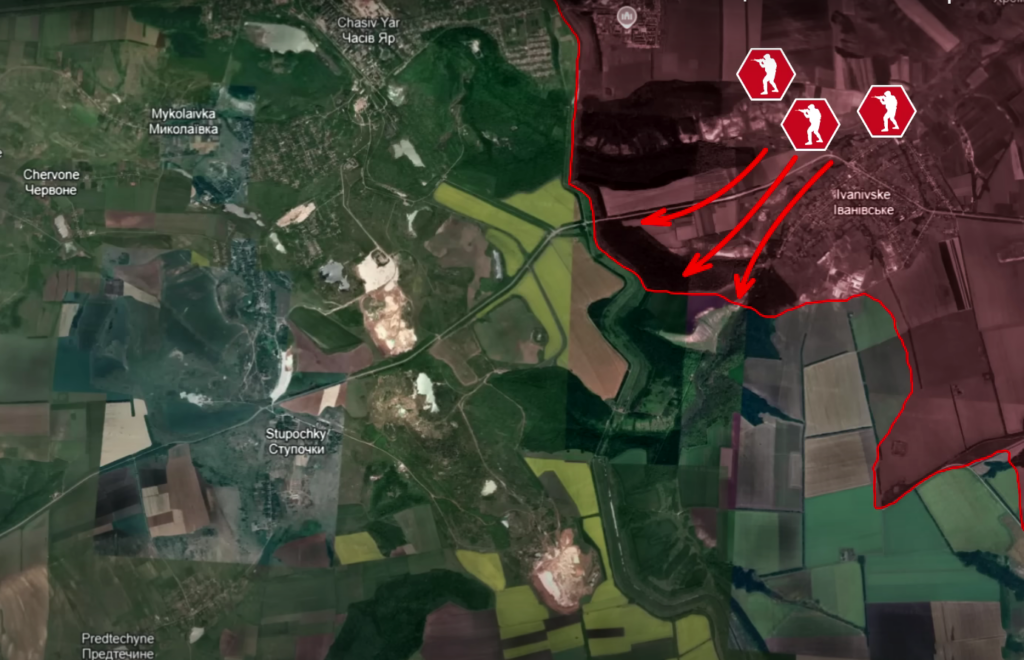
Their objective was to cross the canal to the south by using the forest for cover and establishing positions to take the town of Ivanivske. Securing Ivanivske would allow the Russians to expand their bridgehead and gather a larger assault force to attack Chasiv Yar from the south, bypassing costly frontal assaults across the canal directly in front of the town.

This approach was chosen because the highway from Bakhmut to Ivanivske, and then the road to the canal through open fields, allow Russian mechanized assault platoons to move quickly, reducing the risk of being targeted by FPV drones.
Additionally, Bakhmut and its surrounding areas, including Ivanivske, are protected by a vast network of Russian electronic warfare systems, offering a relatively safer road for the assault.
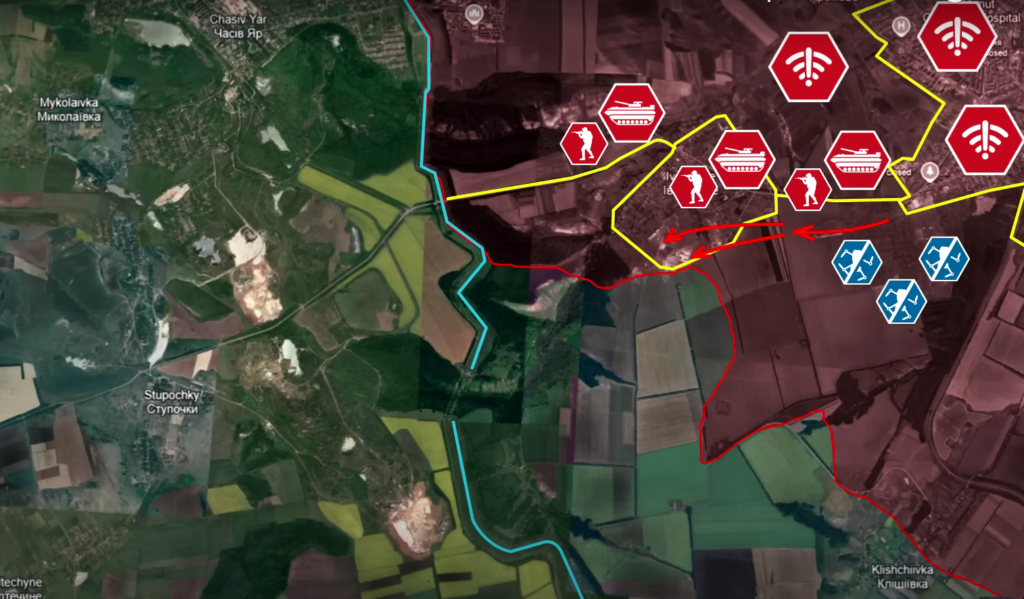
Since the highway from Bakhmut to Ivanivske is short and the paved roads allow Russian armored vehicles to move quickly, Russian stormtroopers were able to deploy their assault units to Ivanivske in intermittent bursts within minutes, avoiding drone strikes. Upon arrival, Russian stormtroopers dismounted and dispersed, using Ivanivske’s urban environment for cover. They then moved into the forest just south of the town, where they regrouped.

Once gathered in the forests, the Russians decided to cross the canal via a ground crossing, as the two nearby bridges had been destroyed in fighting over a year ago. With the entire area covered in forests, Russian forces crossed the canal undetected at night, establishing positions on the Ukrainian side. The dense forest cover made it difficult for the Ukrainians to spot the advancing Russians, who effectively concealed themselves.
Shortly after, the Russians released footage showing their stormtroopers raising battle flags to mark their presence at the Stypochky bridgehead.
After realizing that the Russians started to push towards Stypochky, the Ukrainians swiftly organized a counterattack. First of all, since the Russian forces had crossed the canal at night to enter the forest on the other side, the Ukrainians established total control over this section of the canal using FPV drones and ground forces.
With all Russian troops positioned in the forests, this move cut the connection to the Russian assault detachment near Stupochky, severing their supply lines for food and ammunition.
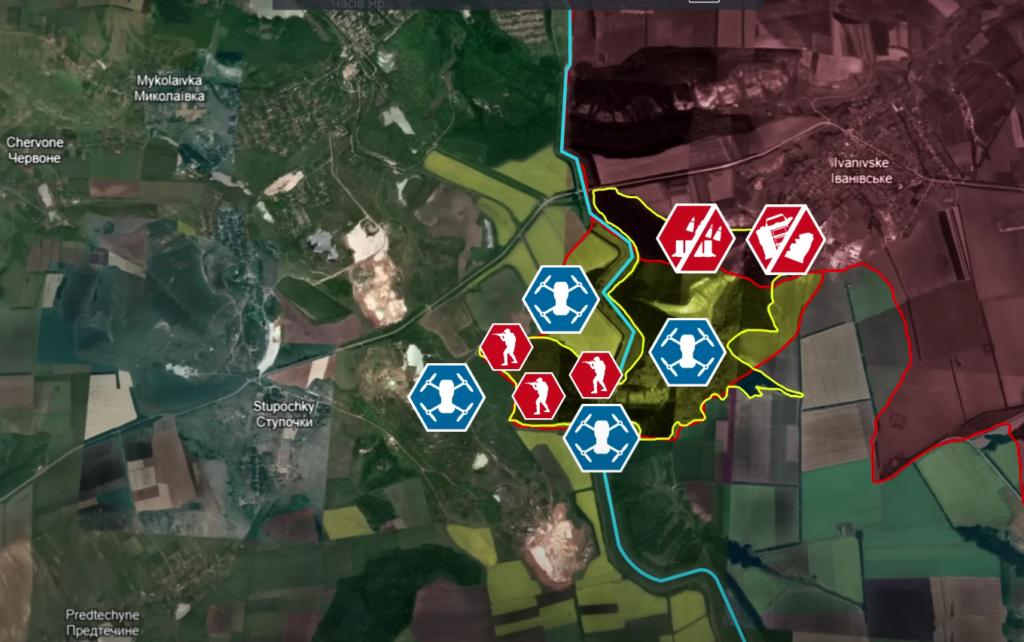
Secondly, the Ukrainians could steadily build up their forces by holding their positions on the opposite side of the canal while the Russians concentrated on advancing across it. The Ukrainians patiently assembled a decisive strike force, which allowed them to launch a counterattack from the south, cutting off the Russian retreat road through the canal’s underground crossing.
As a result, the Ukrainian forces effectively destroyed the Russian detachment and reclaimed the bridgehead. During the operation, the commander of the Russian assault unit was reportedly killed, severely disrupting the organization and command of the Russian forces, effectively decapitating the assault itself.

Aware of Russian plans, the Ukrainian command reinforced its positions on its side of the canal, using the forest cover to its advantage. It fortified the area to ensure that any future Russian assaults would be very costly. To further prevent any future Russian assaults, the Ukrainian Air Force deployed JDAM-guided bombs to strike a Russian ammunition depot in Bakhmut, putting additional pressure on Russian logistics.
These strikes are expected to cause immediate short-term ammunition shortages for Russian forces, which may take several days or weeks to replenish, further delaying their ability to launch future assaults.
Overall, Russians attempted to take advantage of the complicated Ukrainian defense south of Chasiv Yar, only for their entire assault group to get destroyed after crossing the canal. By maintaining a strong defense near the canal and reinforcing their defenses there, the Ukrainians successfully prevented Russians from having another chance at crossing the canal. This issue will force the Russians to resort to their costly assaults in central Chasiv Yar, which will continue to take a toll on their manpower resources for further assaults.
In our daily frontline report, we pair up with the military blogger Reporting from Ukraine to keep you informed about what is happening on the battlefield in the Russo-Ukrainian war.
Read also:
- Frontline report: outnumbered Ukrainian elite brigade repels Russian assault through superior tactics



